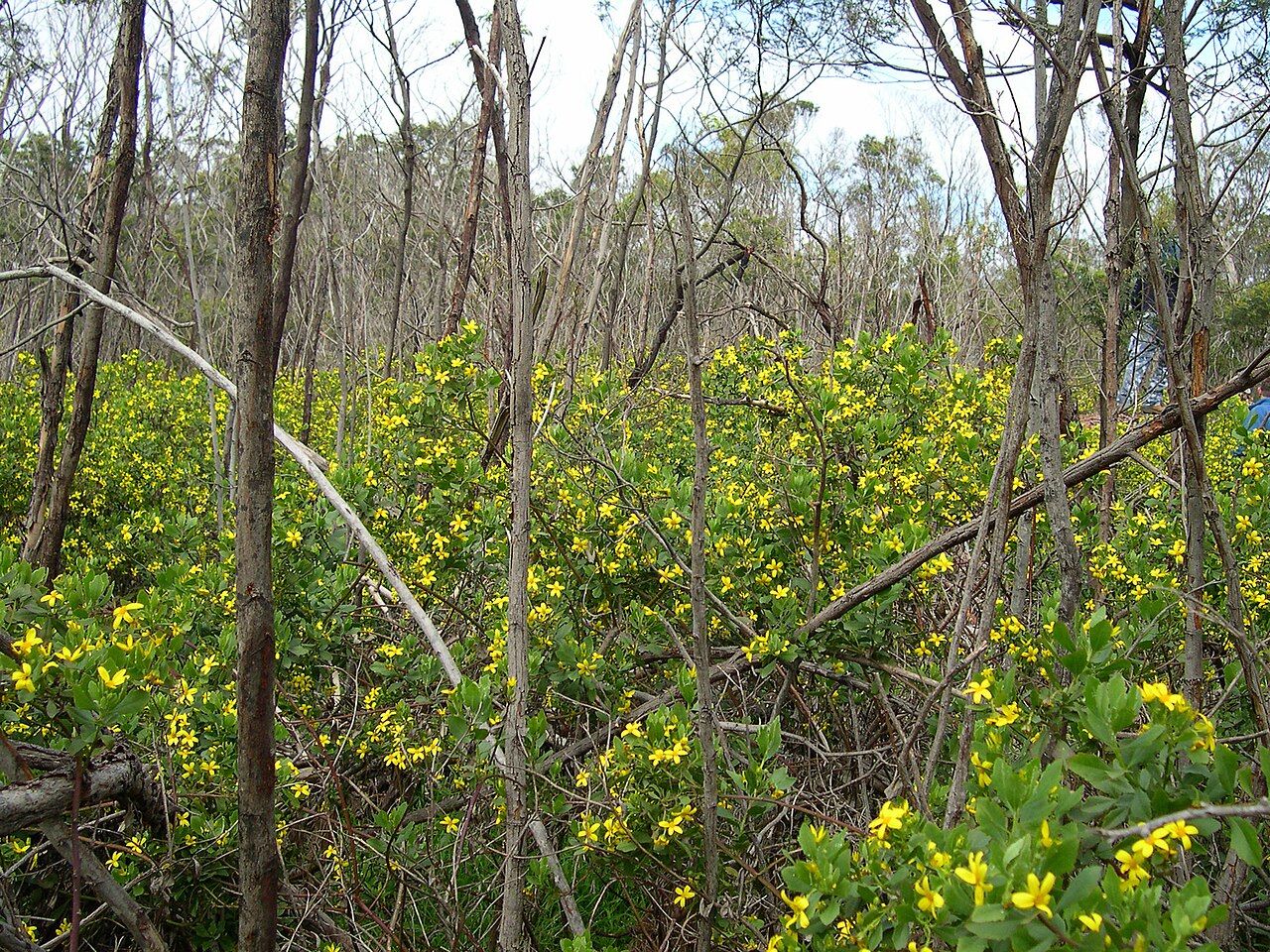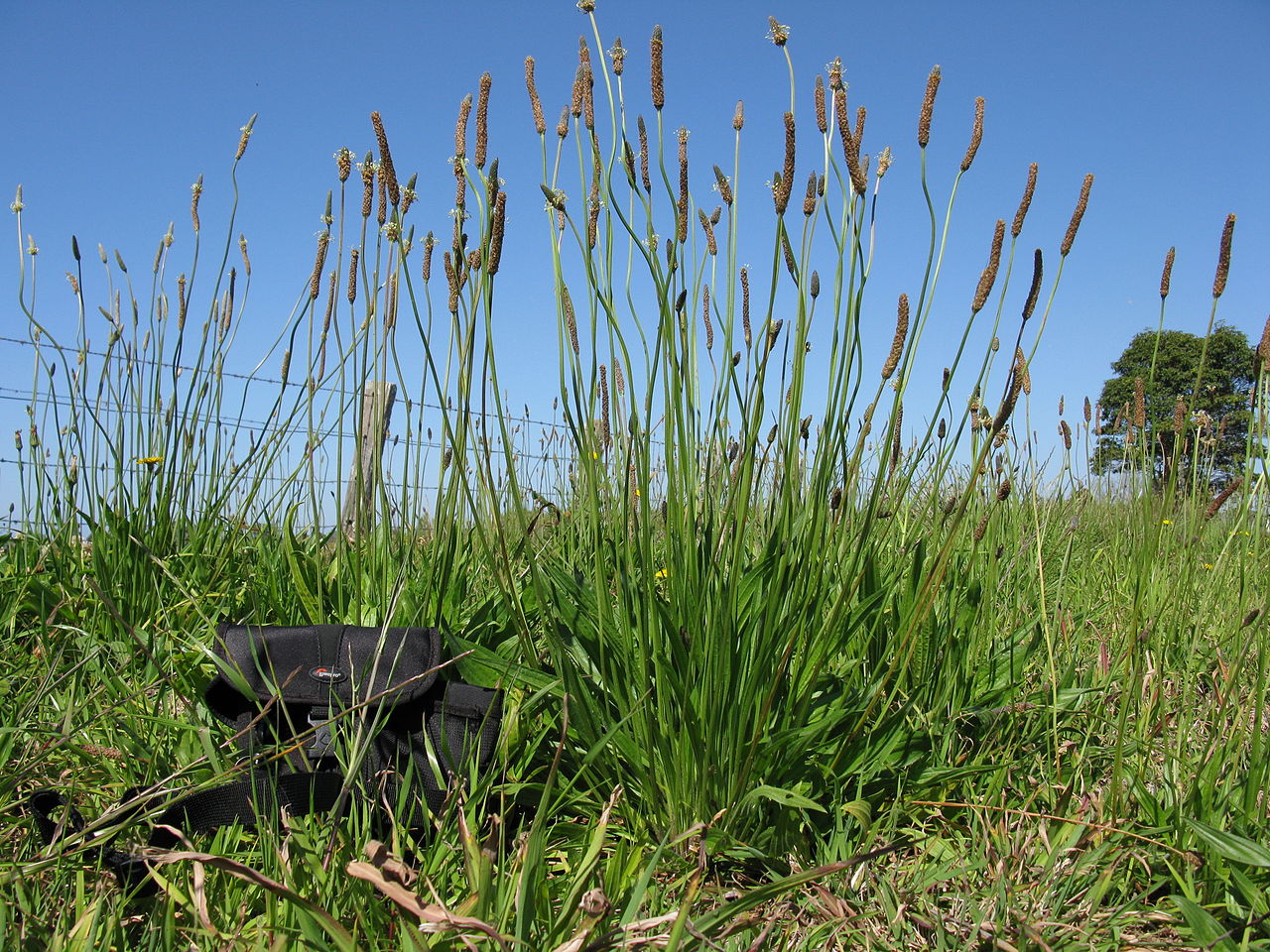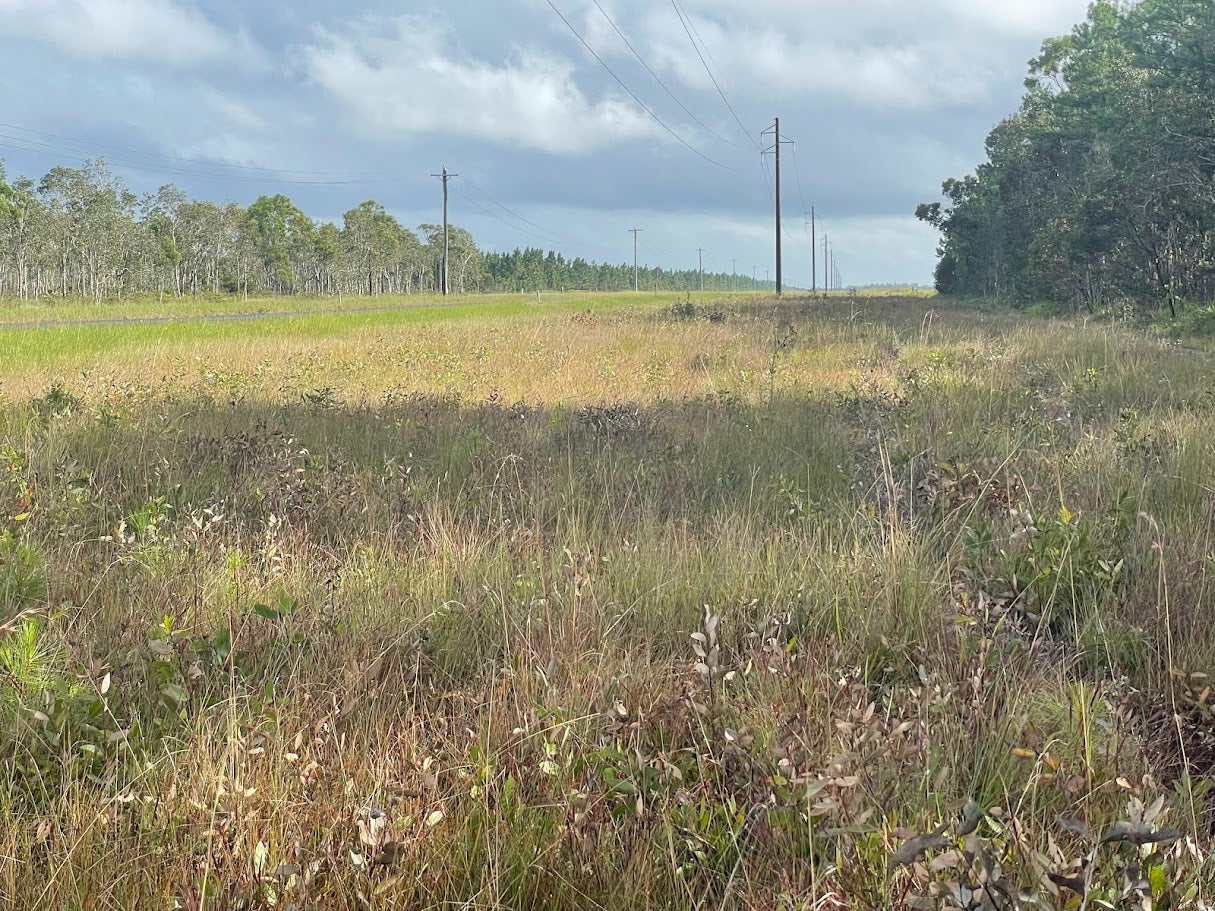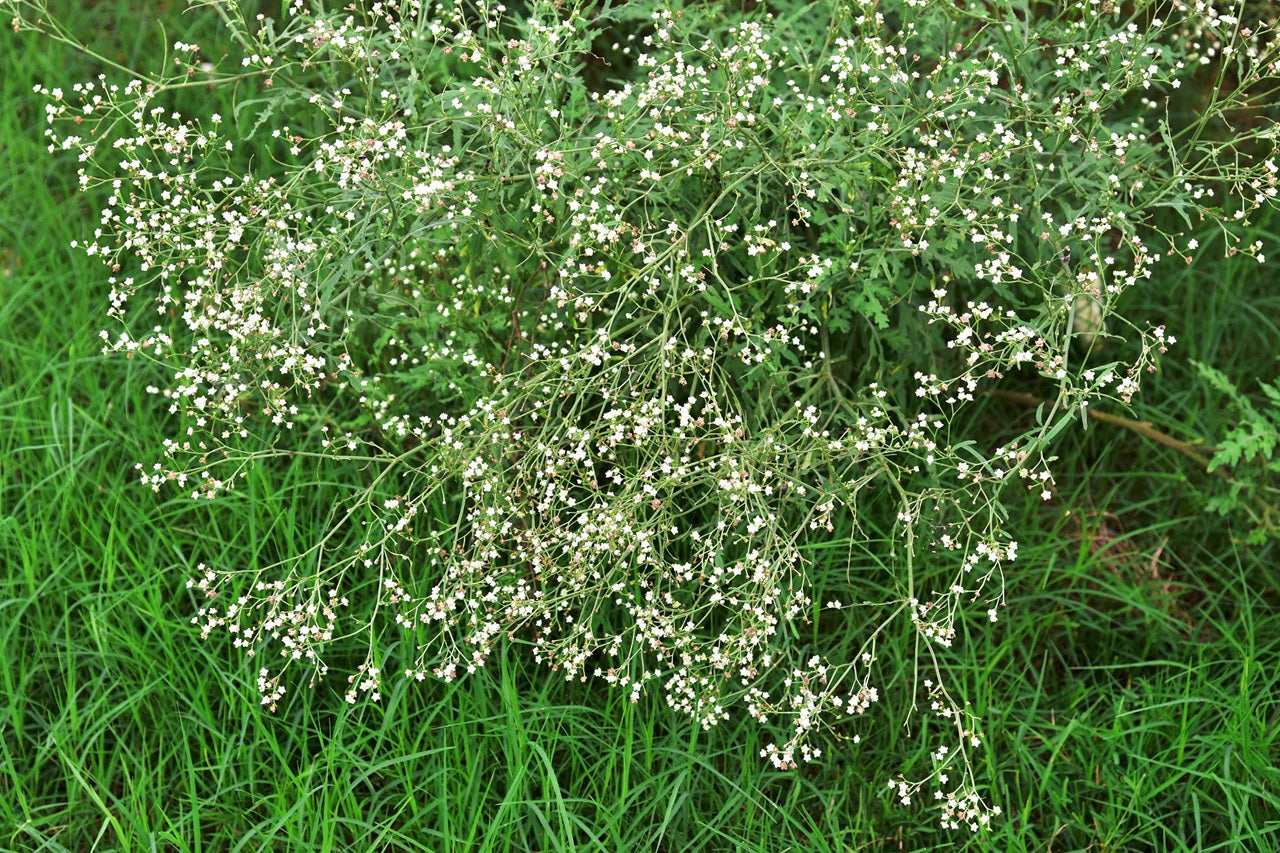
Managing Invasive Weed Species: Prevention and Control Efforts
Managing Invasive Weed Species in Australia: Prevention and Control Efforts
Australia's unique ecosystems and biodiversity are constantly under threat from invasive weed species. These non-native plants can outcompete native flora, disrupt ecosystems, harm agricultural productivity, and increase risk to human life by worsening the impacts of natural events such as wildfires. To combat this problem, Australia has implemented comprehensive strategies for both preventing the introduction of invasive weeds and managing those already established. In this blog, we'll explore the steps in place to tackle this ongoing challenge.
Australia has strict biosecurity measures in place to prevent the introduction of invasive weeds. These measures include rigorous border controls, inspections of imported goods, and regulations on the importation of plant material.
Comprehensive risk assessments are conducted on imported plants and seeds to identify potential threats. High-risk species are subject to stricter quarantine measures and specific legislative controls.
Public awareness campaigns educate communities, businesses, and individuals about the risks associated with invasive weeds. These campaigns promote responsible plant management and encourage reporting of suspected invasive species.

Invasive Weeds Approaches
Managing invasive weeds requires an integrated approach which covers the following components:
-
Early Detection and Rapid Response:
Early detection is crucial to prevent high risk invasive weeds from establishing large populations. Trained observers, including landowners, are encouraged to report sightings of invasive species. Appropriate response teams then act to control the infestation.
-
Research and Monitoring:
Continuous research helps identify effective control methods and informs management strategies. Regular monitoring of invasive weed populations allows for timely intervention.

Control Techniques:
Australia employs various control techniques tailored to specific weed species and ecosystems. These methods include chemical control (herbicides), biological control (introducing natural enemies), mechanical control (e.g., cutting, burning), movement and containment restrictions (e.g. declaration movement permits), hygiene management (e.g. washdown facilities) and cultural control (e.g., changing land management practices).
-
Legislation and Regulation:
National and state legislation provides legal frameworks for the management of invasive weeds. Regulations may require landowners to manage or control invasive species on their properties.
-
Coordinated Efforts:
Collaboration between government agencies, landowners, conservation organisations, and community groups is vital. Cooperative efforts enable the pooling of resources, knowledge, and expertise for more effective weed management.
Australia has made significant progress in managing invasive weeds. Several success stories include:
Cape York Lily Control:
Effective biological control measures have reduced the impact of the invasive Cape York Lily on native vegetation.

Parkinsonia Control:
The control of Parkinsonia, an invasive tree species, has improved riparian ecosystems in many regions.

Blackberry Management:
Comprehensive management programs have successfully reduced the spread of blackberry, a highly invasive weed, in agricultural and natural areas.

Australia's commitment to managing invasive weed species is evident through its proactive prevention measures and ongoing control efforts. The collaborative approach involving government agencies, local communities, and stakeholders has resulted in notable successes in combating these threats to ecosystems and agriculture. By continuing to implement and refine these strategies, Australia aims to protect its unique environment and ensure the long-term sustainability of its landscapes.
Additional content
VIEW GWS' ADDITIONAL CONTENT TO LEARN MORE ABOUT THE WEED INDUSTRY

Water pH and the Performance of Weak Acid Herbicides
Weak-acid herbicides must remain in their non-ionised (acid) form to move efficiently through the plant cuticle. When spray water is too alkaline, the herbicide molecule becomes ionised.
Read more
Towards Modern Vegetation Management: Solutions for Australia’s Linear Infrastructure
Understanding the Changing Vegetation Challenge Vegetation management across Australia’s linear infrastructure corridors is becoming increasingly complex. Roads, rail corridors, gas pipelines, elec...
Read more
Case Study: Parthenium Weed Hygiene
Introduction: The Necessity of Weed Hygiene Management Australia’s vast expanses and diverse land uses, from grazing pastures and cropping zones to natural bushland and urban corridors are u...
Read more
